Quick Bits: Tokyo, Japan's capital city, pulsates with energy. It is a captivating mix of the futuristic and the traditional, where towering skyscrapers and tranquil temples...
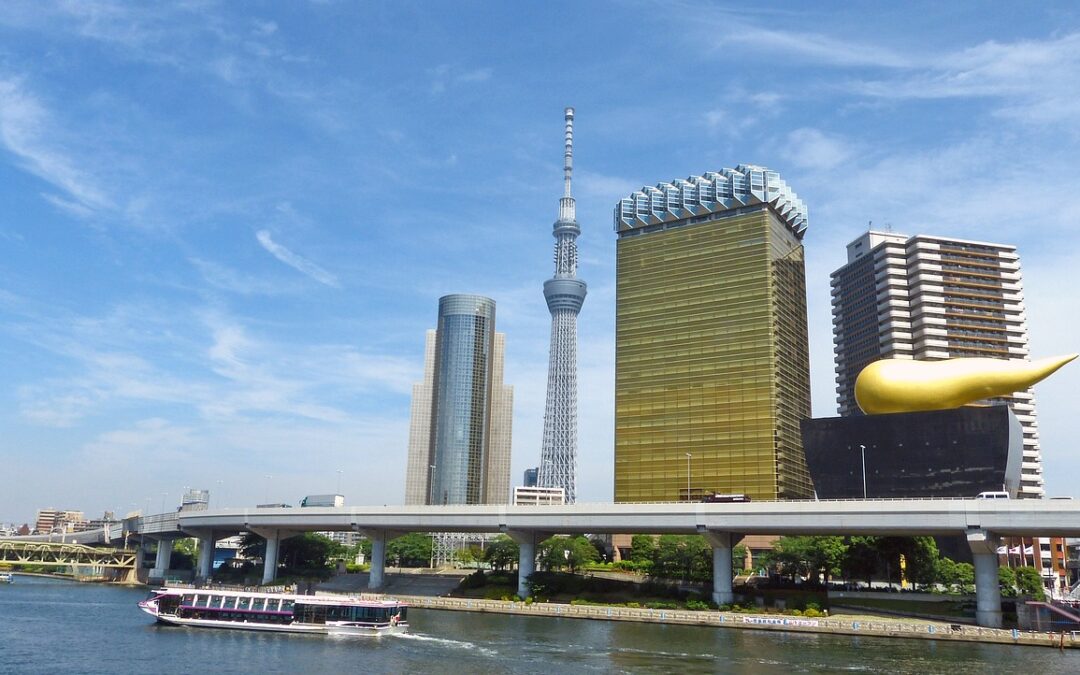

Quick Bits: Tokyo, Japan's capital city, pulsates with energy. It is a captivating mix of the futuristic and the traditional, where towering skyscrapers and tranquil temples...
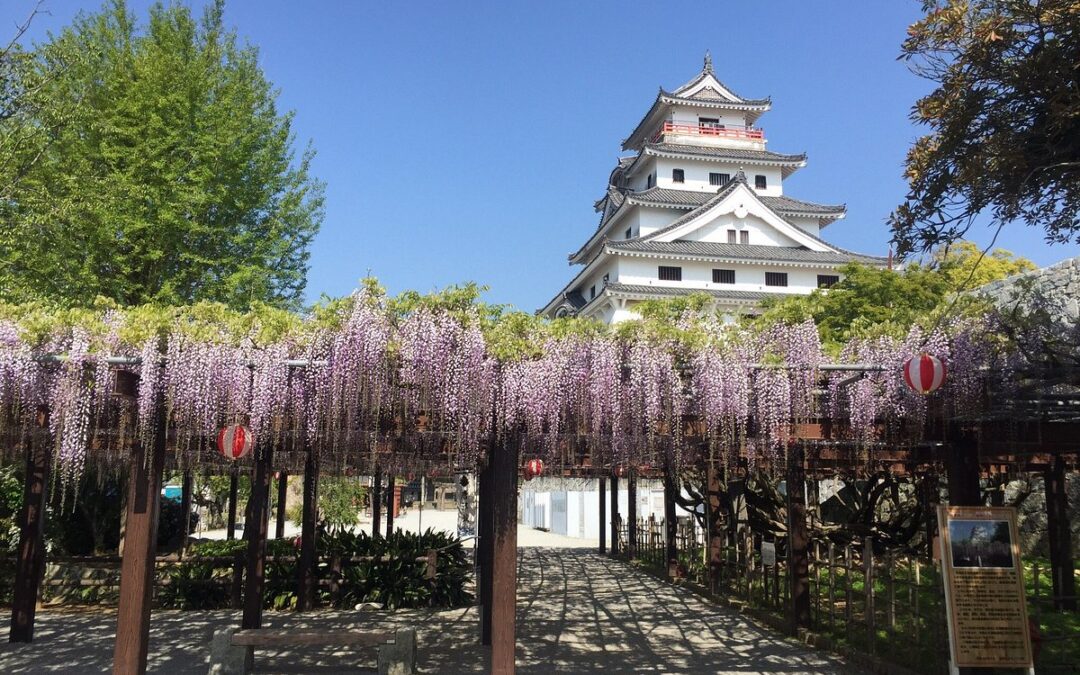
Quick Bits: Karatsu is a coastal city in Japan, brimming with culture, stunning landscapes, and fascinating history. Its serene beaches, ancient castles, and traditional pottery...

Explore Osaka in a unique way—behind the wheel of a go-kart while dressed in hilarious costumes. This go-karting tour allows you to cruise the streets of Osaka while becoming...
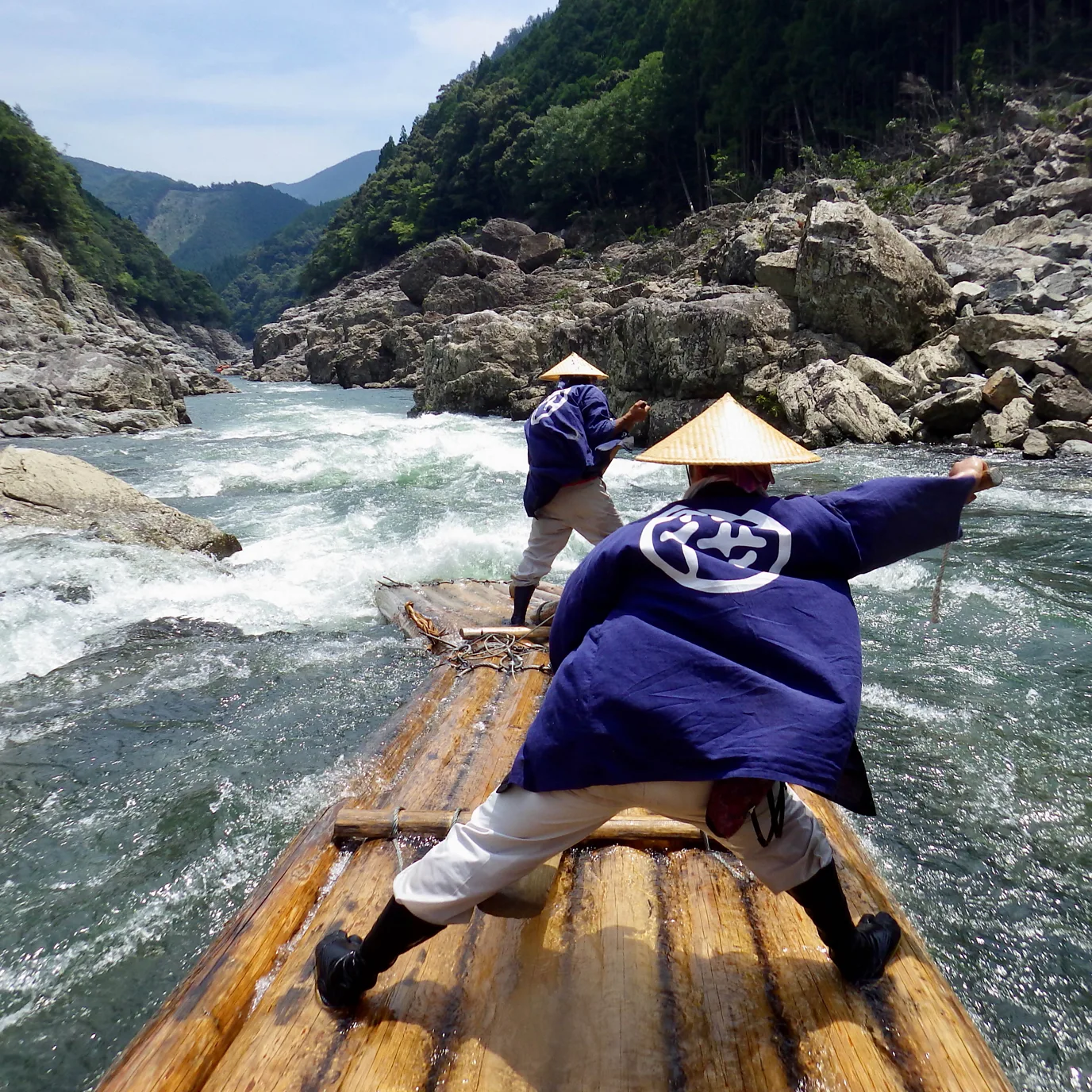
Japan is a country rich in culture and tradition, and when it comes to unique experiences, traditional rafting in Wakayama stands out as an exhilarating adventure. Imagine...
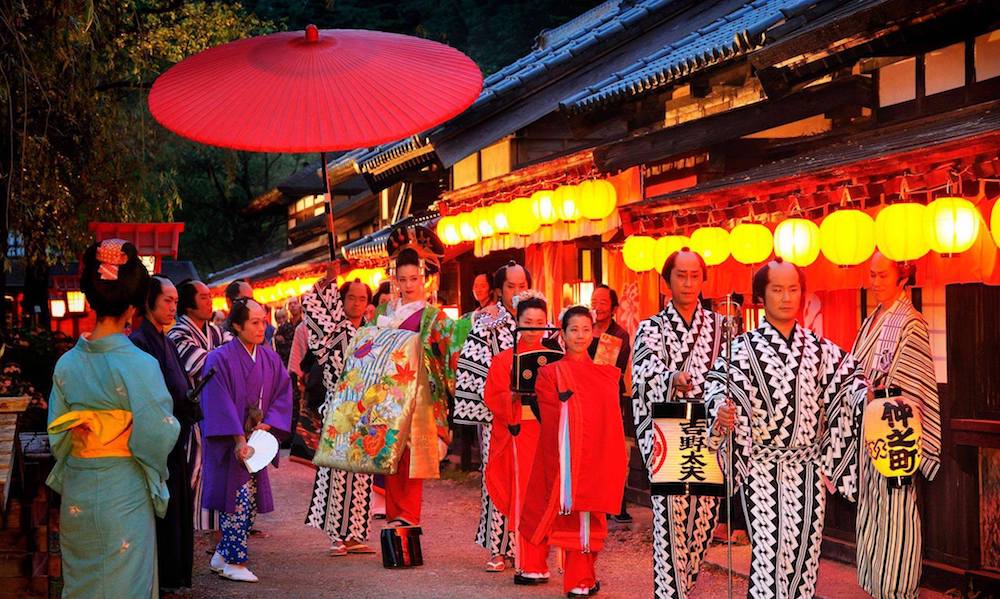
Imagine stepping back in time to the Edo period of Japan, where samurais, ninjas, and lords roamed the streets. At Edo Wonderland Nikko Edomura, this fantasy becomes a reality....
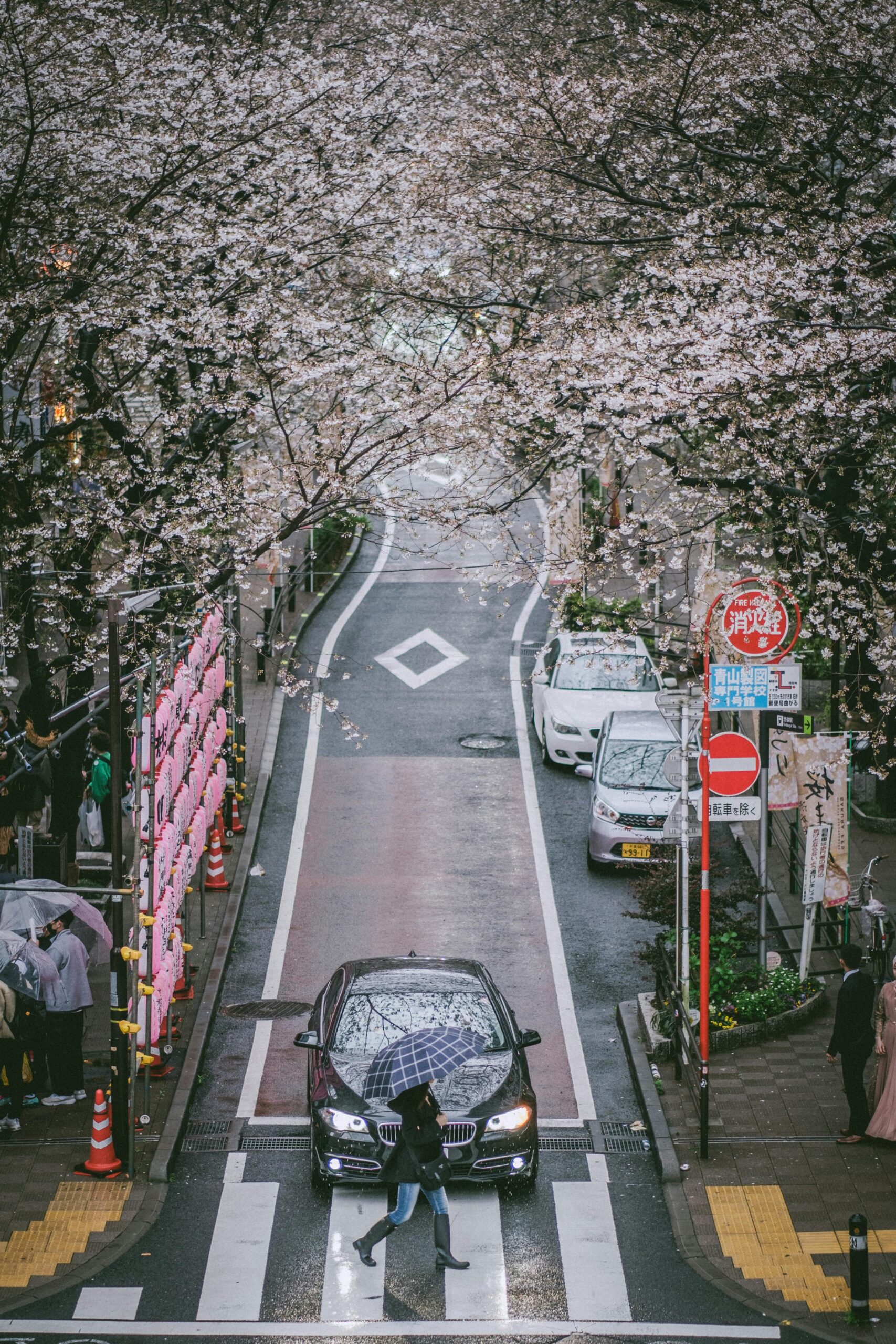
Welcome to Shibuya, the vibrant and energetic district that epitomizes modern Tokyo. Known for its bustling streets, neon lights, and fashionable crowds, Shibuya is a must-visit...
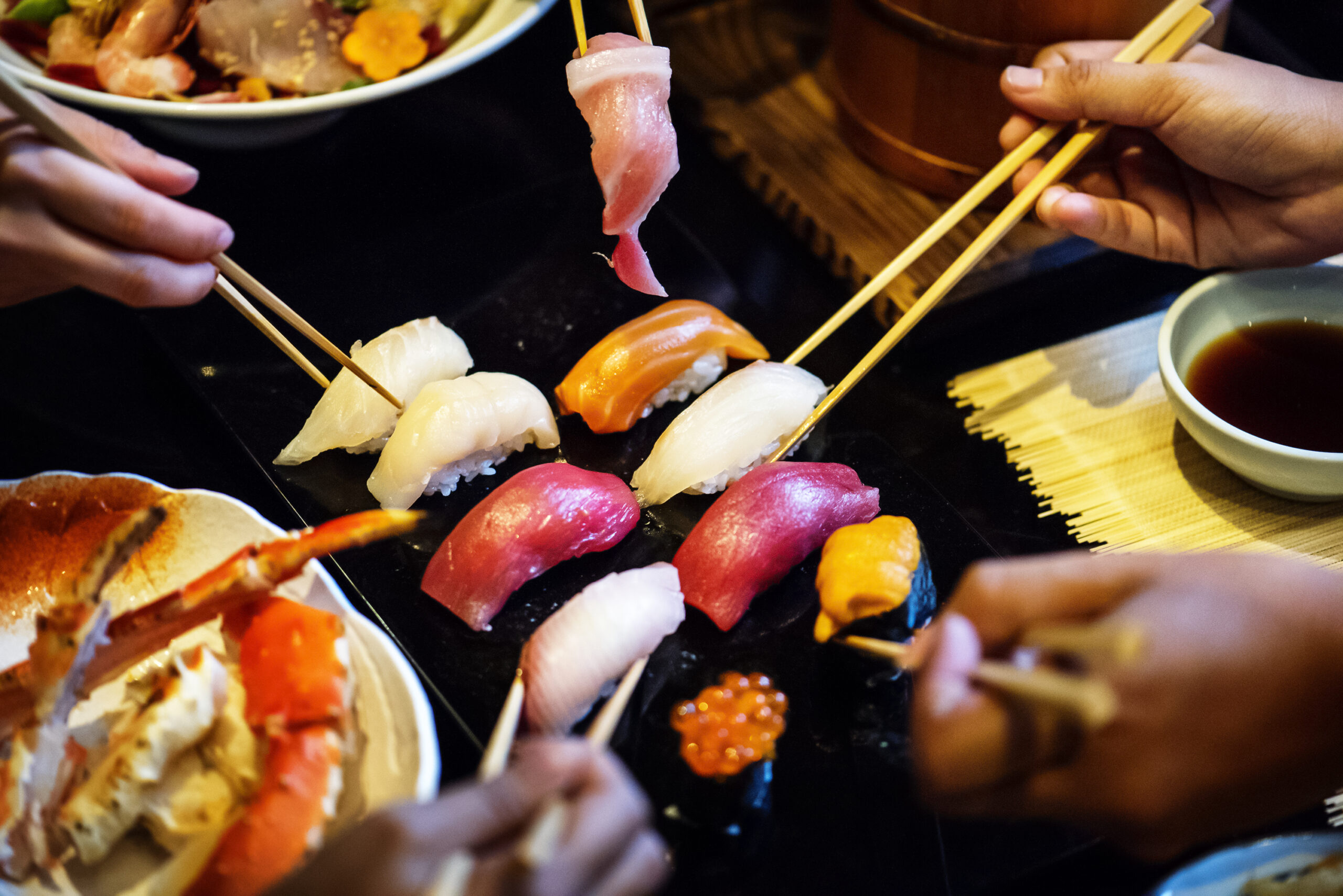
Tokyo, the bustling capital of Japan, is a city where traditional culture meets modernity. With its neon-lit streets, historic temples, and world-class cuisine, Tokyo offers a...
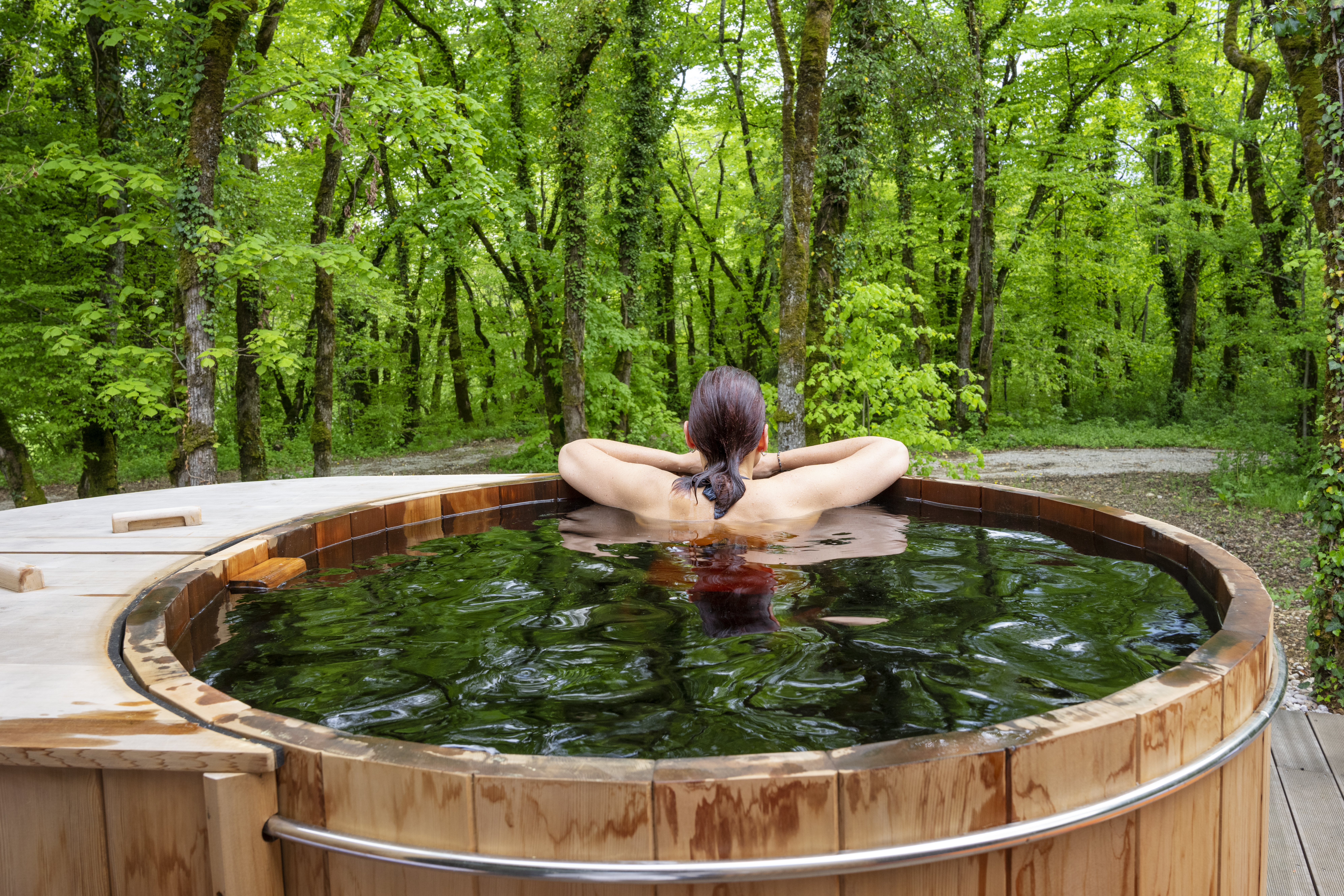
In the heart of Japan's serene landscapes, away from the bustling city streets, lies a timeless tradition that has been an integral part of Japanese culture for centuries – the...